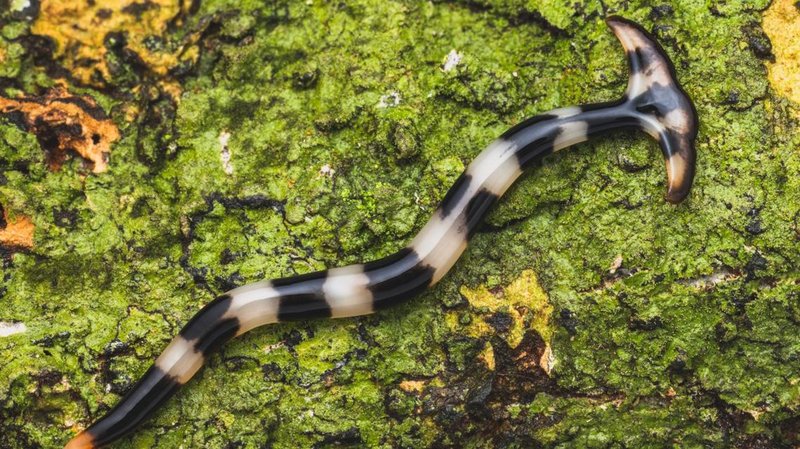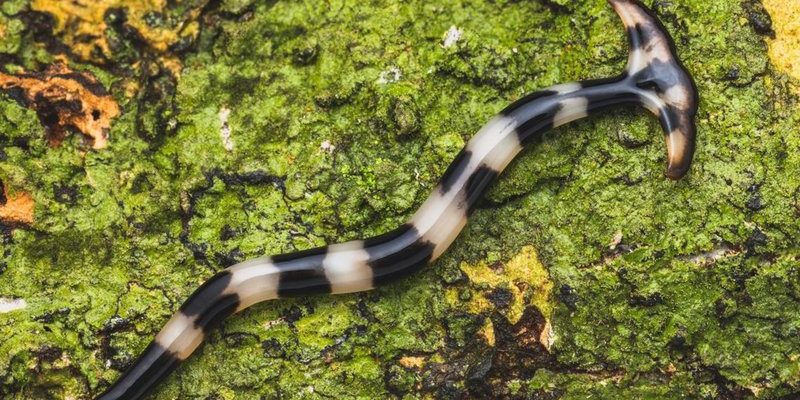
Think of hammerhead worms as the uninvited guests at your garden gathering. They seem harmless at first glance, but before you know it, they’re wreaking havoc. The good news? You can still enjoy your container garden without these slimy intruders. In this article, I’ll walk you through some practical tips and tricks to keep hammerhead worms at bay while making sure your container garden thrives.
What Are Hammerhead Worms?
Before we get into the nitty-gritty of keeping these pests away, let’s take a moment to understand what they are. Hammerhead worms, scientifically known as *Bipalium kewense*, are flatworms that can grow quite large—sometimes up to a foot long! They get their name from their distinct, hammer-like head shape, which honestly looks a bit intimidating.
These worms are not just garden party crashers; they can impact your plants significantly. They’re nocturnal predators, feasting on earthworms and other beneficial soil organisms. In a nutshell, they disrupt your garden’s ecosystem, leading to dull, unhealthy plants. You might be wondering why they’re showing up in container gardens specifically. Well, the warm, moist environment of your containers can be just the right setting for them to thrive.
Tip
Your first line of defense against hammerhead worms is to ensure your containers are clean before planting. Many times, these pests can hitch a ride on soil or leftover debris from previous plantings.
When you’re getting your containers ready, take the time to scrub them down with soap and water. It’s like giving your pots a refreshing shower! If they’ve been outside, it’s a great idea to rinse them well and let them dry completely in the sun. The sunlight can help kill any lingering pests or eggs.
Bonus Tip: If you’re using new containers, give them a good rinse too. Even brand new pots may have residue from manufacturing that can attract unwanted critters.
Tip
When filling your containers, the type of soil you use can make a big difference in keeping hammerhead worms away. Opt for a high-quality potting mix that’s been sterilized. This helps eliminate any potential pests or eggs that might be hiding in cheaper soil.
Think of potting mix as the cozy bed for your plants—it needs to be clean and comfy! You can even make your own mix by combining equal parts of peat moss, vermiculite, and compost. This way, you know exactly what’s in your soil and can ensure it’s free from those pesky worms.
Also, keep an eye out for soil brought in from outdoor gardens. This can be a trapdoor to introducing hammerhead worms into your container garden. Always stick to indoor potting soil when growing in containers.
Tip
Overwatering your plants can create a perfect breeding ground for hammerhead worms. They love moist environments, so while your plants need water, it’s essential to maintain a balance.
Here’s the thing: you want the soil to be consistently moist but not soggy. Stick your finger about an inch into the soil; if it feels dry, it’s time to water. If it feels wet, hold off a bit. This practice not only helps prevent hammerhead worms but also keeps your plants healthy and happy.
When watering, aim for the base of the plants rather than soaking the leaves. This helps prevent disease and reduces moisture around the soil surface where worms might thrive.
Tip
Mother Nature has a way of keeping balance in ecosystems, and you can use that to your advantage. Certain animals love to snack on hammerhead worms and can help keep their population in check.
Consider inviting some beneficial nematodes into your gardening routine. These tiny, microscopic worms hunt down hammerhead worms and other pests, giving your plants a fighting chance. You can easily find nematodes at garden centers or online. Just mix them with water and apply them to your soil as directed.
Another friendly helper is the common bird. Attracting birds to your container garden can create a natural pest control system. You can do this by hanging bird feeders or using birdhouses to encourage feathered friends to visit.
Tip
Sometimes, despite your best efforts, hammerhead worms can still slip into your garden. Regularly checking your containers is key. This might feel a bit like a treasure hunt, but keeping an eye out can save your plants from damage.
If you spot any hammerhead worms, remove them immediately. Use gloves, and gently pick them out. Don’t just toss them in the compost; it’s best to dispose of them far from your garden. It’s like sending them on a one-way trip away from your gardening paradise!
Another option is to use a mixture of salt and water or vinegar to kill any hammerhead worms you find. Just be cautious with these methods, as they can also affect your plants if applied directly.
Tip
A healthy garden is less appealing to pests like hammerhead worms. So, let’s talk about making your container garden a vibrant haven for plants!
Start by ensuring your plants are spaced out properly. Crowded plants can create humidity, which is like throwing a party for pests. Give your plants enough room to breathe and grow—not only does this keep the air circulating, but it also reduces the chances of hammerhead worms feeling at home in your containers.
You might also consider companion planting. Certain plants can naturally repel pests or attract beneficial insects. For instance, marigolds are great companions in gardens. They help deter a variety of pests while adding a pop of color to your container setup.
Container gardening can be one of life’s simple pleasures, but it’s understandable to feel overwhelmed by the thought of pests like hammerhead worms. Thankfully, with a little effort and these handy tips, you can create a lovely environment for your plants without those pesky intruders.
Keep your containers clean, use quality soil, and practice good watering habits. Plus, don’t forget about the power of natural predators and regular monitoring. By following these steps, you’ll have a thriving container garden that’s the envy of all your friends. Happy gardening!

